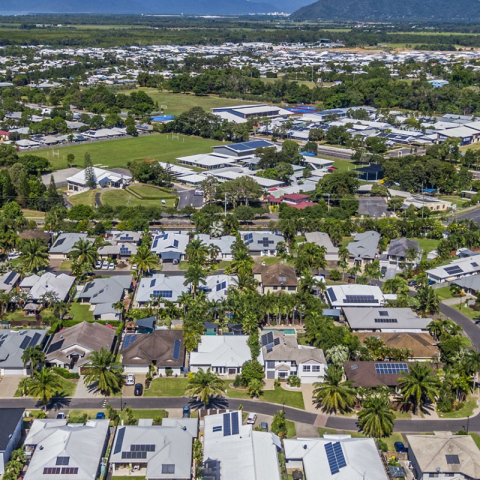In upper-tier markets, buyers are increasingly paying top dollar for turnkey properties as they actively avoid the risks and unpredictability associated with major renovations.
This shift marks a notable change in buyer psychology: what once appeared as an opportunity to add value through renovations is now widely viewed as a potential liability. Escalating construction costs—up more than 40 per cent in just five years—combined with persistent trade shortages and extended build timelines have made renovation quotes harder to trust and schedules near impossible to guarantee. With the industry still short more than 100,000 skilled workers nationwide, even simple projects can face lengthy delays.
For time-poor professionals and families with school-aged children, the prospect of navigating approvals, sourcing materials, coordinating trades and coping with potential cost blowouts is simply too great a burden. Many prefer to stretch financially to secure a fully completed, move-in-ready home that aligns with their lifestyle needs and school zoning goals, rather than gamble on a fixer-upper with unknown variables. Prestige buyers in particular are leading this trend, favouring certainty, convenience and immediate liveability over discounted purchase prices tied to renovation requirements.
For investors, developers and renovators, the market signals are clear: turnkey homes in highly desirable locations are commanding intense competition and premium pricing, while renovation-required stock must offer significantly larger margins to remain viable. In this environment, value-add strategies need to be recalibrated, factoring in slower construction timelines, higher labour costs and fluctuating material prices. The rise of turnkey preference is reshaping the upper end of the market, rewarding those who deliver finished quality and cautioning those who rely too heavily on renovation-driven value uplift.



